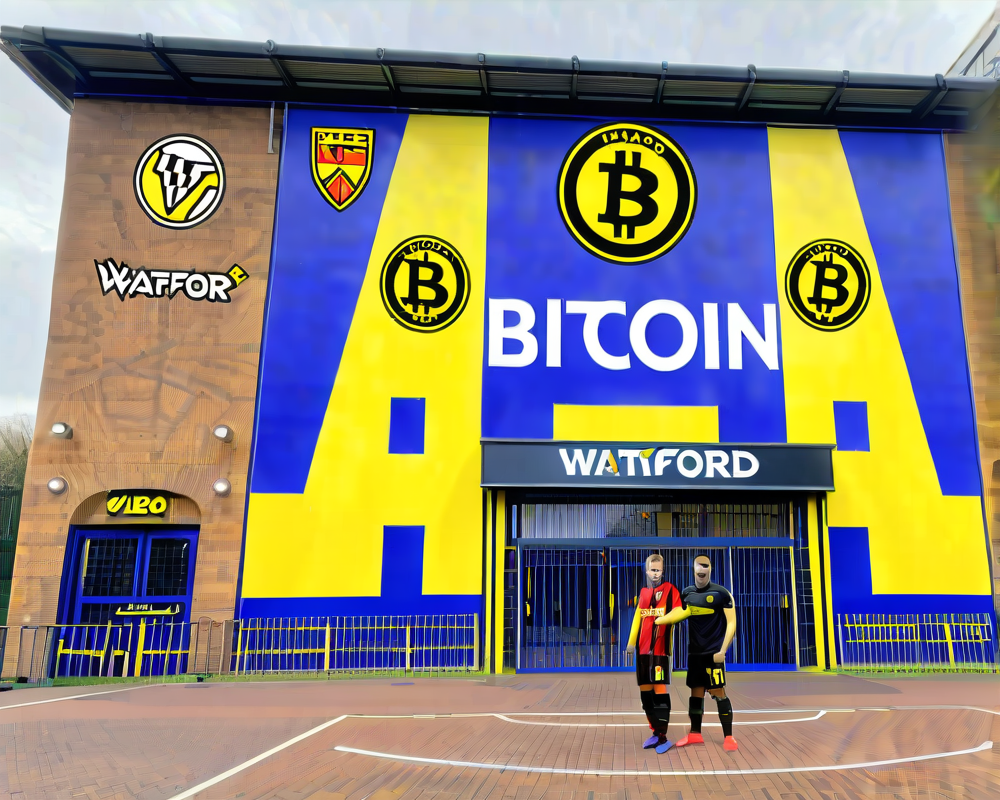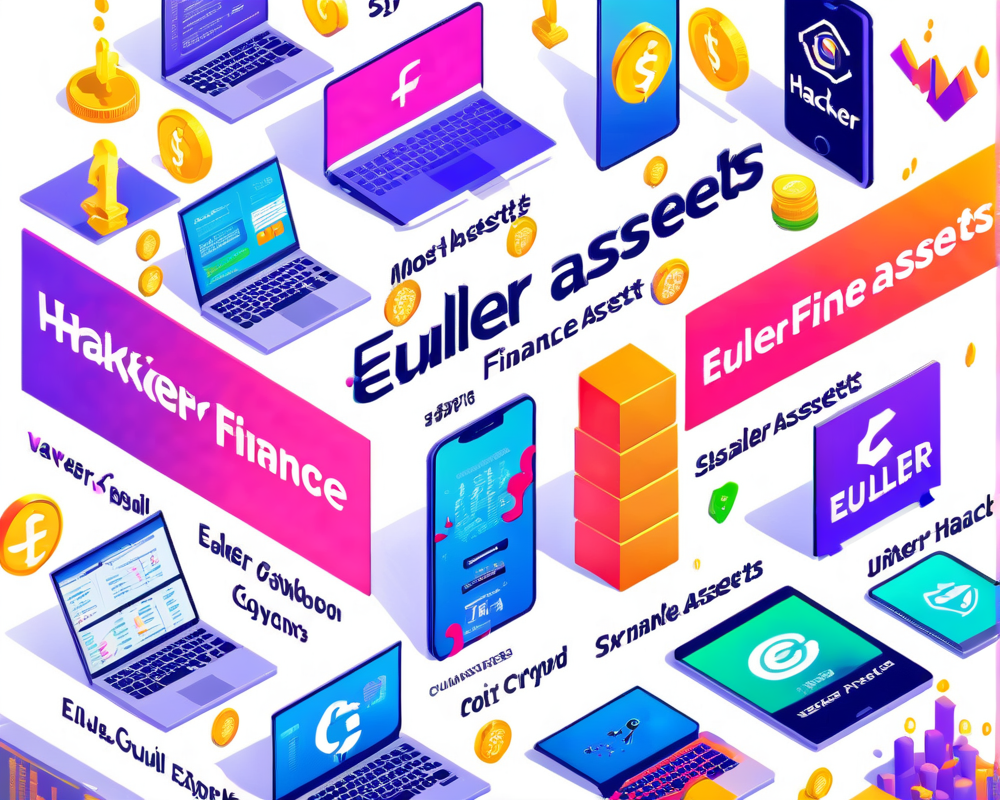Ideas: The Currency of the Future
In a world bursting with ideas popping up like popcorn in a microwave, it’s hard to deny that our brains are loaded with potential inventions. Every hour, a new spark of creativity can dim the lights on an old idea. But let’s face it, ideas alone don’t build rockets; they need funding, support, and a good PR team. Ever wonder why that brilliant idea you had in the shower didn’t end up on a billboard? It’s because bringing ideas to life is one thing, but getting credit for them? That’s a whole different ballgame.
History’s Unfair Treatment of Innovators
History has given us some pretty frustrating examples of idea theft. Take Alexander Graham Bell, the guy we all remember for the telephone. Sure, he brought it to life, but what about Antonio Meucci, who had the first voice-communication device way back in 1871? Unfortunately, Meucci couldn’t afford that pretty little patent fee. And just when you thought the theft had gone digital, enter the Winklevoss twins—those two who claim Mark Zuckerberg swiped their idea for Facebook faster than you can say “Are we still friends?” Not cool, right?
The Importance of Documenting Ideas
These tales remind us that in a world overflowing with creativity, documenting your ideas could save you a world of trouble—or at least some sleepless nights. It’s like yelling “me first!” in a game of Monopoly; you need that proof of ownership. Yet even as we stumble through this murky water of intellectual property, the introduction of decentralized technologies strives to save the day.
Navigating the Digital Ownership Landscape
NFTs, or non-fungible tokens for the tech novices among us, offer a new lifeline for creative minds. Think of them as your very own certificate of authenticity. Each NFT holds immutable ownership over a specific data instance, ensuring that your ideas don’t float away into the ether. A project leading this charge is InvArch, which is cooking up some nifty protocols designed for the world of Web3. As a member of the team noted, they aren’t just tweaking the rules of IP—they’re changing the entire game, crafting an empowering framework that encourages ownership rather than dismisses it.
Understanding InvArch Protocols
So, what’s all this talk about protocols? InvArch introduces the INV4 protocol (Invention, Involvement, Inventory, and Investment). This slick structure helps organize digital assets on their network. Picture this: all the files, folders, and licenses from our beloved Web2 making a seamless transition into the shiny world of Web3, where fungible and non-fungible tokens coexist peacefully.
The IPL Pallet is one of the standout features of the protocol, where tangible licensing meets digital innovation. By creating a modular library of copyright agreements linked to an IP Set, InvArch ensures that creators can license their ideas as easily as trading Pokémon cards.
Conclusion: Guarding Your Genius
As the digital age continues to innovate at breakneck speed, it’s crucial to safeguard your remarkable ideas. Whether you’re inventing the next smartphone or drafting a hit podcast, having the right structure in place is your best defense. So go forth, wild dreamers! Document, create, and protect your masterpieces because the world is ready for your next big idea.



